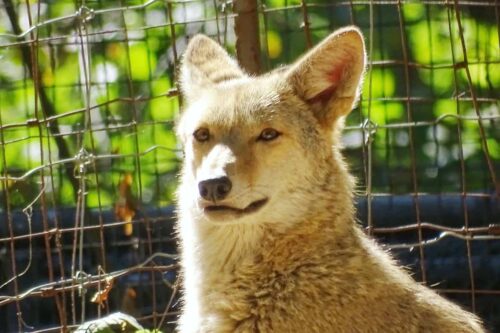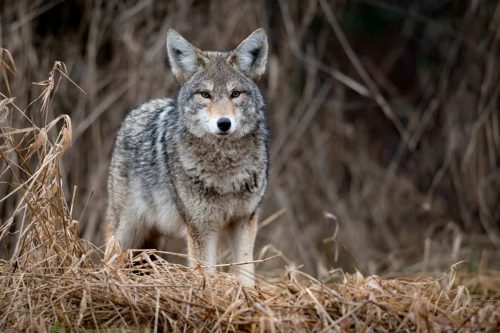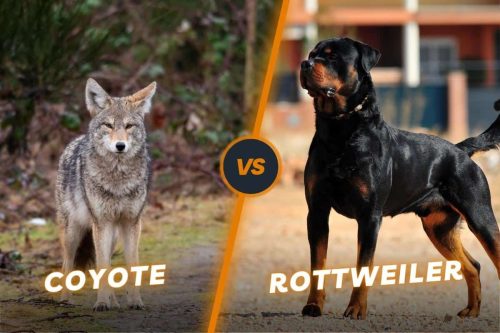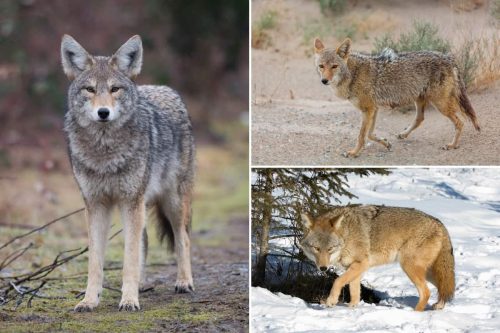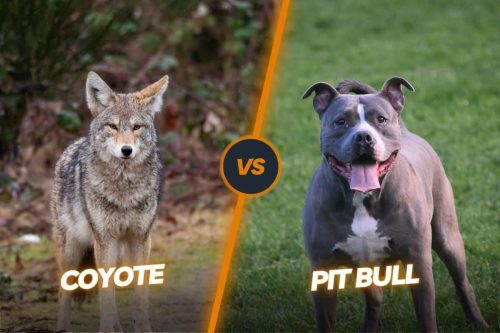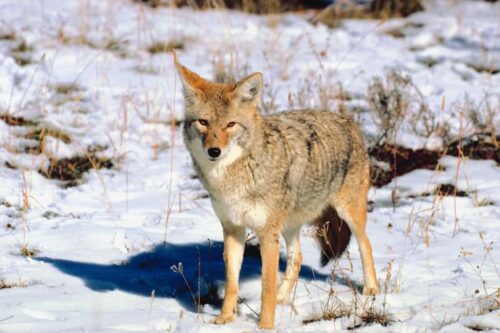Coywolf Or Coyote-Wolf Hybrid [All You Need To Know]
A Coywolf is a hybrid of coyote and wolf species. Both coyotes and wolves share habitats and territories in many regions of North America especially Ontario, Quebec, Alaska, and Atlantic Canadian side. Coywolf happens due to unlikely breeding as you know both these animals coyotes and wolves are poles apart in their personalities. They rarely co-exist with each other in different regions of North America.
Researchers have also declared Eastern coyotes the hybrid of wolves and coyotes as the coywolf also mainly resides in the eastern side of the continent. There is no big difference in the appearance between coyotes, wolves, and coywolves but the main difference lies in their size. These hybrid dogs may show some inclination toward the Coyotes in terms of their resemblance. In this article, we are going to discuss the coywolf in detail to clear all your confusion about them.
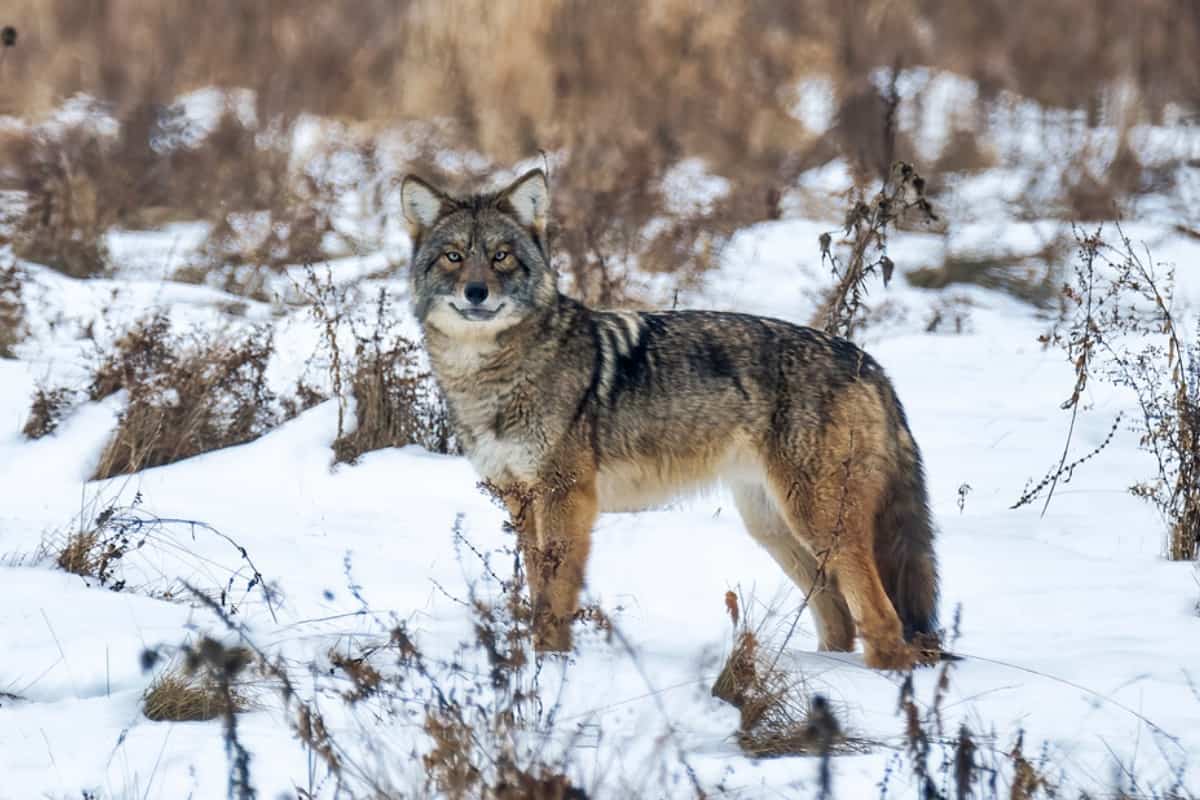
Contents
What is Coywolf?
Coywolf is hybrid specie produced from the interbreeding of coyotes and gray wolves. It is sometimes also called the eastern coyote. Coywolves are found in North America, particularly in the northeastern United States and southeastern Canada. Coywolves emerged as a result of human-induced changes to the landscape, including deforestation and the eradication of wolves in many areas. These changes created a new ecological chain that coyotes were able to fill, leading to increased interactions and interbreeding between coyotes and wolves.
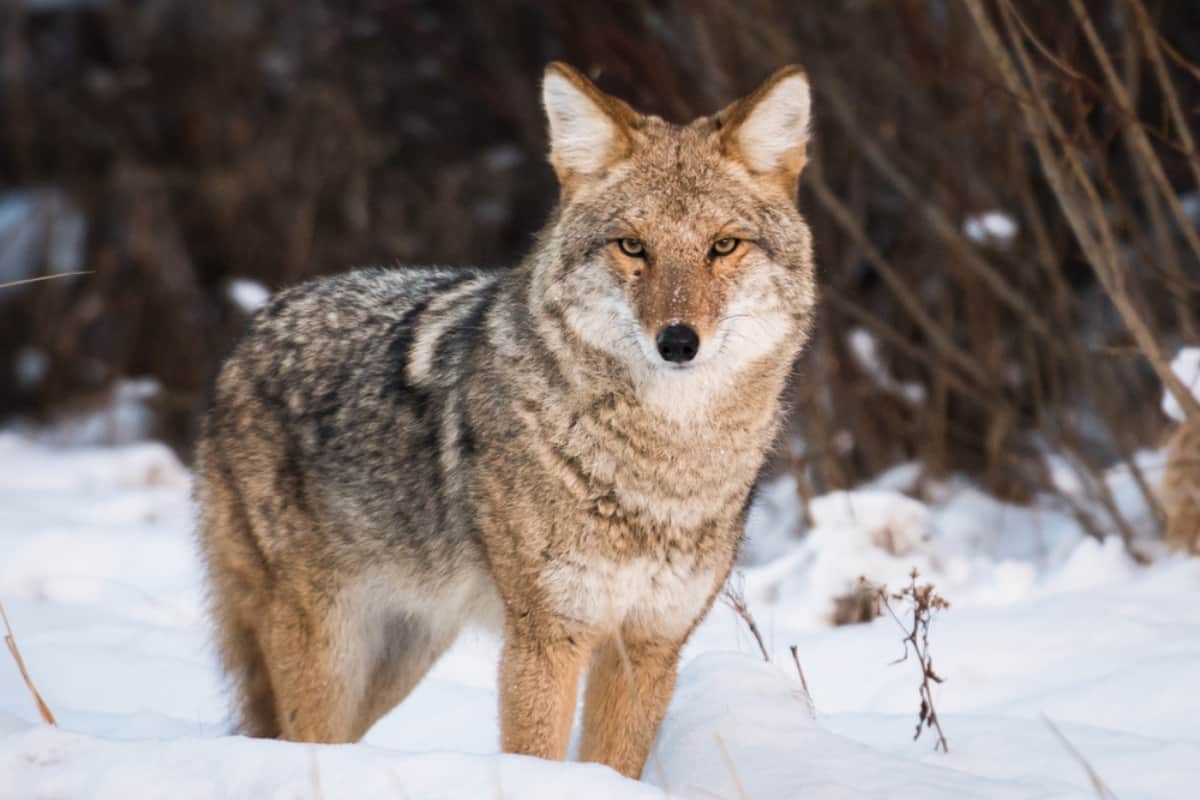
Coywolves exhibit a mix of characteristics from both parent species. They tend to be larger than typical coyotes. They often have a gray or brown coat, intermediate in color between coyotes and wolves. Coywolves also display behaviors that are intermediate between coyotes and wolves.
Is the coywolf really a new species?
Yes, coywolves are real wild dog species. Coywolves are found in North America, primarily on the northeastern side of the North American continent. Researchers have studied coywolves to understand their genetics, behavior, and ecological impact. They have found that coywolves tend to be larger than typical coyotes. They also display behaviors that are intermediate between coyotes and wolves, combining the adaptability and opportunism of coyotes with some of the social and hunting behaviors of wolves. Coywolves may not be formally recognized as a distinct species, they are a unique population of animals that have emerged as a result of hybridization between coyotes and gray wolves.
Evolution of Coyote Wolves
The evolution of coywolves, or eastern coyotes, is an ongoing process shaped by a combination of genetic, ecological, and environmental factors. The evolutionary trajectory of coywolves generally passes through processes like hybridization, genetic mixing, ecological adaptation, and natural selection.
Genetics of coyote wolf hybrid
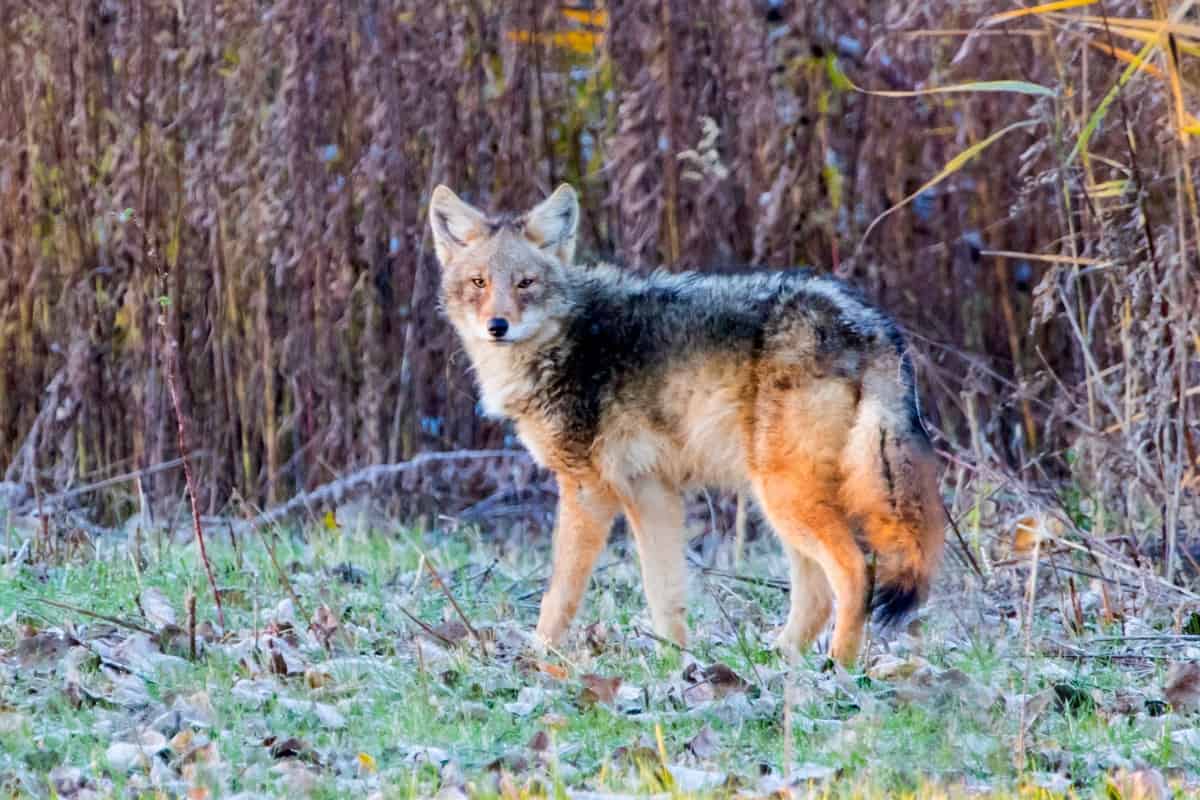
Coyotes first appeared in the Vermont state of USA in the 1940s and originally they came from the western side of North America and started hybridization with other animals like wolves and dogs and producing hybrid species like “Coywolf” and “Coydog”. The genetics of coywolves, also known as eastern coyotes, are a subject of scientific research and ongoing study. They exhibit a mix of genetic traits from both parent species.
The genetic makeup of coywolves can vary, but in general, they tend to have a higher percentage of coyote ancestry. Research has shown that eastern coyotes typically carry genetic markers from both coyotes and wolves, indicating hybridization. While the exact proportions can vary among individuals, studies have suggested that coywolves may have a genetic composition of approximately 60-84% coyote DNA and 16-40% wolf DNA.
The specific genes that are inherited from each parent species can influence the physical and behavioral characteristics of coywolves. For example, wolf genes may contribute to the larger size, a more wolf-like appearance, and certain social and hunting behaviors. Coyote genes, on the other hand, may contribute to adaptability, resilience, and the ability to thrive in human-altered environments.
It’s worth noting that the genetic makeup of coywolves can vary across different populations and regions, as interbreeding occurs between different coyote species and wolf populations. Ongoing genetic studies are helping scientists better understand the complexities of hybridization and the genetic contributions of each parent species in coywolves.
Why Do Coyotes Breed with Wolves?
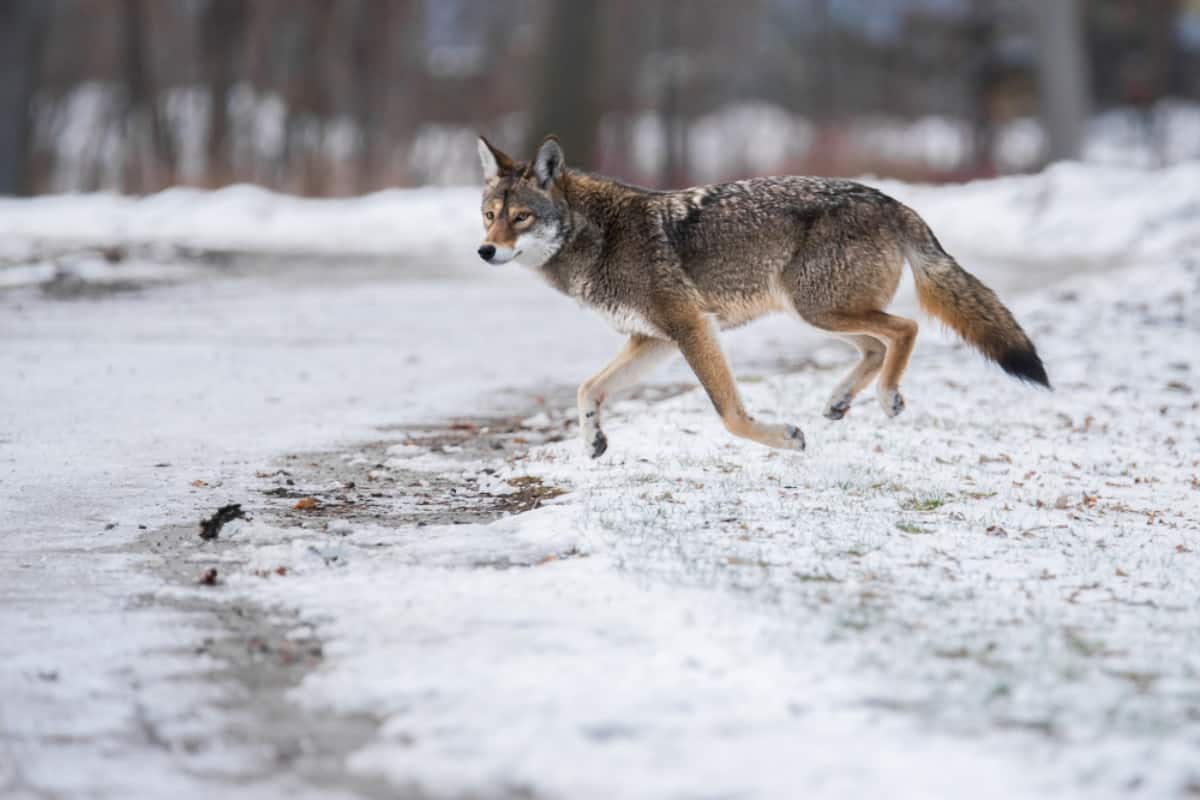
Coyotes mixed with wolves for several reasons, primarily driven by ecological and environmental factors. Coyotes and wolves occasionally share territories and habitats, especially in regions where wolf populations have declined and coyotes have expanded their range. When their ranges intersect, encounters and mating opportunities between the two species increase.
Wolves are pack animals with complex social structures, while coyotes are more solitary or live in small family groups. Young wolves seeking new territories may encounter coyotes and mate with them due to limited wolf mates. Coyotes and wolves come with overlapping breeding seasons, which can increase the likelihood of encounters and mating.
Human-induced landscape changes, such as deforestation and habitat fragmentation, have created new ecological territories that coyotes have been able to exploit. With the absence or reduction of wolves in certain areas, coyotes have expanded their populations and filled the vacant predator role.
It’s important to note that while interbreeding occurs between coyotes and wolves, it is not as common as interbreeding within their own species. Wolves and coyotes typically prefer to mate with individuals from their respective populations. However, under specific circumstances, such as habitat changes and reduced wolf populations, opportunities for interbreeding can arise.
How coywolves have adapted to urban life?
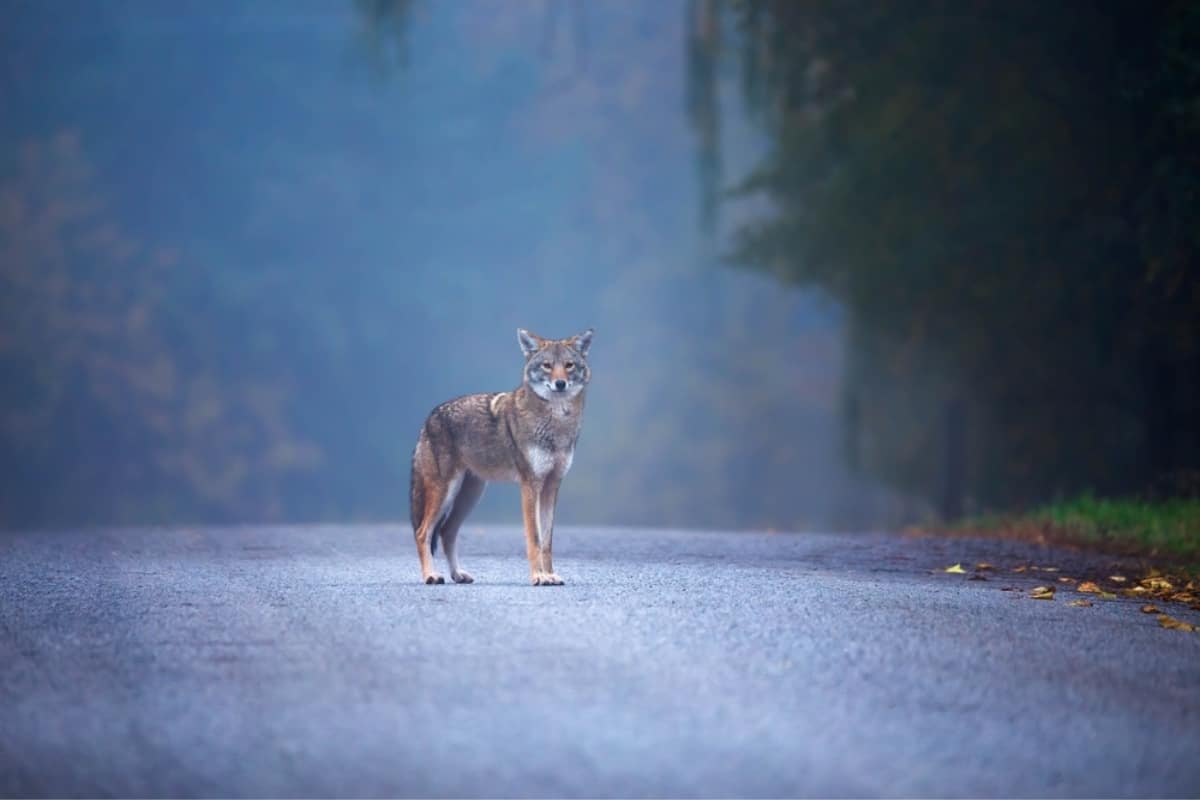
Coywolves, or eastern coyotes, have exhibited remarkable adaptability to urban environments by certain modifications in their life. They have expanded to include a variety of food sources available in urban areas. While they still primarily rely on small mammals like rabbits and rodents, they have also incorporated more abundant food sources such as garbage, pet food, and even fruits and vegetables found in urban settings.
Coywolves have adjusted their activity patterns to be more active during the night when human activity and disturbance are generally lower. This allows them to avoid direct encounters with humans and take advantage of resources when human presence is minimal. Urban areas often include parks, green spaces, and natural habitats. Coywolves have adapted by utilizing these areas as travel corridors, foraging grounds, and even denning sites. They have learned to navigate through urban landscapes while making use of available vegetation and cover.
In urban areas, coywolves are exposed to a higher frequency of human encounters compared to their wild counterparts. Over time, they may develop a reduced fear response to humans, which can lead to bolder behavior and increased persistence in urban habitats. It’s important to note that coywolves have shown adaptability to urban environments, conflicts can still arise between humans and coywolves, particularly when food sources are not easily accessible.
Frequently asked questions
Conclusion
The coywolf is a fascinating and unique hybrid species resulting from the interbreeding of coyotes and gray wolves. Coywolves have adapted to their changing environment, particularly in urban areas, showcasing their remarkable ability to thrive in diverse habitats. As coywolves continue to evolve and expand their range, ongoing research helps us better understand their genetics, behavior, and ecological impact.

Izzy is an experienced ranch worker who has a passion for exploring nature and getting up close to wildlife. With her connections to various animal organizations, Izzy is well-versed in animal care and rehabilitation.

